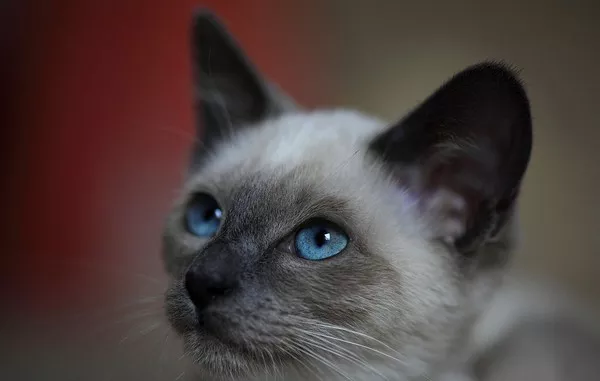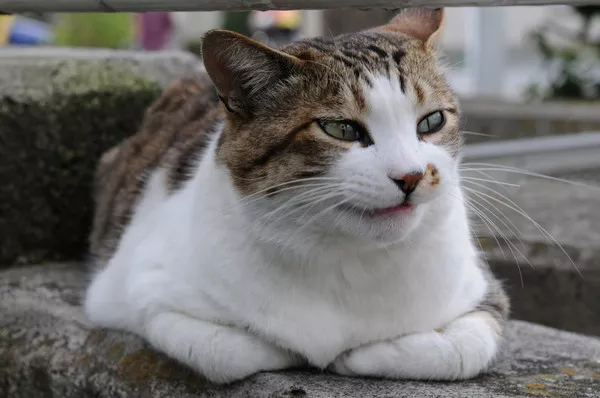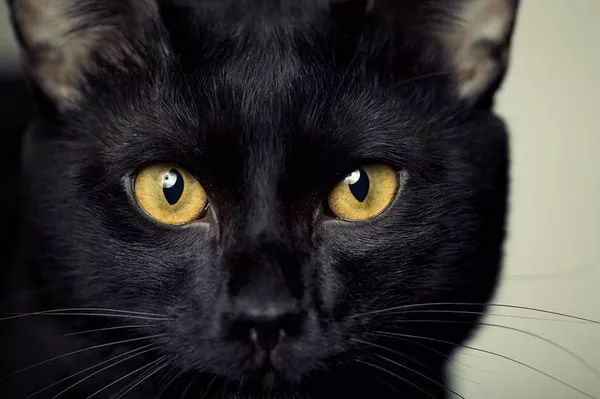Accidents happen, especially when it comes to grooming our beloved pets. If you’ve ever cut your cat‘s nails, you might be familiar with the anxiety that can arise when, inadvertently, you cut a nail too short, causing it to bleed. While it’s a common mishap, it’s essential to know how to handle accidental cat nail bleeding and calmly to ensure the well-being of your furry friend. In this comprehensive guide, we’ll explore why this might happen, steps to take when it occurs, and preventive measures to minimize the risk of future incidents.
Understanding the Cat Nail Anatomy:
Before delving into what to do if you cut your cat’s nail too short, it’s helpful to understand the basic anatomy of a cat’s nail. A cat’s nail consists of a hard outer shell called the sheath and a softer inner core known as the quick. The quick contains blood vessels and nerves, making it sensitive. When trimming a cat’s nails, the goal is to cut only the sheath without reaching the quick. However, if you accidentally cut into the quick, it can result in bleeding.
Why Does It Bleed?
The bleeding occurs because the sensitive blood vessels in the quick are exposed when the nail is cut too short. While it may seem like a lot of blood due to the quick’s sensitivity, the bleeding is typically minor and can be managed with proper care.
Immediate Steps to Take:
Stay Calm:
Accidents are unsettling, but it’s crucial to stay calm. Your cat can pick up on your emotions, and keeping a steady demeanor will help reassure them.
Apply Styptic Powder or Gel:
Styptic powder or gel is a must-have in a cat owner’s first aid kit. These products help stop bleeding by contracting the blood vessels. Dip your cat’s bleeding nail into the powder or apply the gel directly to the tip. Be cautious not to use excessive force, as this might cause additional discomfort.
Use Cornstarch or Baking Powder:
If you don’t have styptic powder, you can use cornstarch or baking powder as an alternative. Dip the bleeding nail into the powder or make a paste and apply it to the tip.
Apply Gentle Pressure:
Use a clean cloth or gauze to apply gentle pressure to the bleeding nail. This helps control the bleeding while allowing the clotting agents to work.
Offer Comfort and Treats:
Your cat may be anxious or in pain, so offer comforting words and gentle petting. Additionally, providing a tasty treat can help distract and reassure your feline friend.
Monitor for Signs of Distress:
Keep a close eye on your cat for any signs of distress. If the bleeding persists or your cat appears excessively agitated, contact your veterinarian promptly.
When to Seek Veterinary Assistance:
While most instances of bleeding from a cut nail can be managed at home, there are situations where veterinary assistance is necessary:
Excessive Bleeding:
If the bleeding persists or seems excessive, it’s a sign that the blood vessels may need professional attention to stop the flow.
Signs of Infection:
Watch for any signs of infection, such as redness, swelling, or discharge around the affected nail. If infection is suspected, consult your veterinarian.
Persistent Limping or Discomfort:
If your cat continues to limp or shows signs of persistent discomfort, it’s advisable to seek professional guidance. There may be underlying issues that need veterinary attention.
Changes in Behavior:
Unusual changes in your cat’s behavior, such as increased aggression, hiding, or refusal to use the litter box, may indicate pain or distress. Consult your veterinarian if such behavioral changes occur.
Frequent Nail Bleeding Incidents:
If accidental nail cutting incidents become frequent, it’s essential to consult with your veterinarian to explore potential underlying issues and receive guidance on proper nail trimming techniques.
Preventing Future Incidents:
While accidents can happen, there are proactive measures you can take to reduce the likelihood of cutting your cat’s nails too short:
Regular Nail Checks:
Get into the habit of regularly checking your cat’s nails. This allows you to monitor their length and identify any potential issues before they become problematic.
Use Proper Nail Clippers:
Invest in high-quality cat nail clippers designed to make precise cuts. Scissor-type clippers or guillotine clippers with a safety guard are popular choices.
Have Styptic Powder or Gel On Hand:
Keep styptic powder or gel in your cat’s first aid kit. Being prepared for accidental nail bleeding ensures a prompt response.
Enlist Professional Help:
If you’re unsure about how to trim your cat’s nails or are anxious about potential accidents, consider enlisting the help of a professional groomer or your veterinarian.
Positive Reinforcement:
Associate nail trimming with positive experiences by offering treats and praise. This creates a positive association, making your cat more cooperative during nail care sessions.
Take It Slow:
If you’re new to trimming your cat’s nails, take it slow. Gradually introduce them to the process by touching their paws and claws before attempting to trim. This helps reduce anxiety and resistance.
Know When to Stop:
If your cat becomes agitated or stressed during a nail-trimming session, know when to stop. It’s better to postpone and try again later than to push your cat into a distressing situation.
See Also: What Should You Do When Your Cat Doesn’T Like Having Her Nails Cut?
In Conclusion:
Accidents during cat nail trimming are a common occurrence, but with the right knowledge and immediate action, you can effectively manage the situation. Remember to stay calm, use clotting agents like styptic powder, and monitor your cat for any signs of distress. Seeking veterinary assistance when needed ensures that your cat receives the best care.
Moreover, taking preventive measures, such as regular nail checks and using proper tools, can significantly reduce the chances of accidental nail cutting incidents. Building a positive association with nail care through treats and praise contributes to a cooperative and stress-free experience for both you and your feline companion.
As a responsible cat owner, being well-informed and proactive in caring for your cat’s nails is an integral part of maintaining their overall health and well-being. With these guidelines, you’ll be better equipped to handle nail trimming with confidence, ensuring a positive and loving environment for your cherished pet.


























